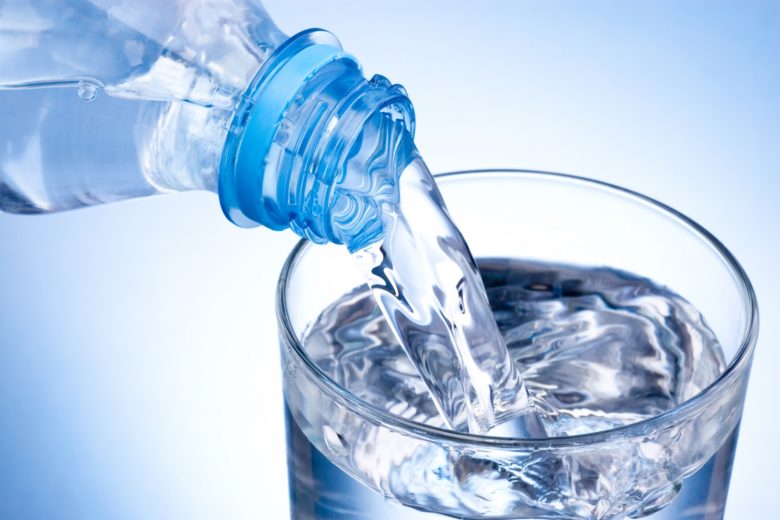
It’s been more than 100 years since the first self-service grocery store began. Take a moment to envision how the first grocers might react if they knew one day there would be entire aisles dedicated to something customers easily could get for free — water. Sounds like a snake oil salesman’s dream!
How did bottled water begin, anyway? While it seems like a recent trend, bottling water in the United States started as far back as 1760 in a Boston spa, where it was believed the mineral water could heal ailments. The trend grew and was viewed as a safer alternative to tap water, but when the chlorination of water began at the turn of the 20th century, most people lost interest. In 1977 bottled water’s popularity saw a rebirth following a successful marketing campaign and nearly four decades later in 2015, Americans spent an average of $11.8 billion on bottled water, buying 30 billion bottles, according to the Statistic Brain Research Institute.
According to the Beverage Marketing Corporation, bottled water recently hit a milestone, officially becoming the largest beverage category by volume, surpassing carbonated soft drinks.
Water may seem straight forward but there are different varieties. .png) Artesian water originates in a confined, underground aquifer and is naturally filtered and free from contact with the air. Mineral water is ground water and contains at least 250 parts per million of dissolved solids at the source. Spring water comes from an underground source and flows naturally to the Earth’s surface. If you see the letters P.W.S. on a bottle, it stands for “public water source,” or tap water. These are just a few examples.
Artesian water originates in a confined, underground aquifer and is naturally filtered and free from contact with the air. Mineral water is ground water and contains at least 250 parts per million of dissolved solids at the source. Spring water comes from an underground source and flows naturally to the Earth’s surface. If you see the letters P.W.S. on a bottle, it stands for “public water source,” or tap water. These are just a few examples.
New and improved twists on bottled water are all over the grocery aisles. One popular trend is alkaline water, which has a pH higher than regular drinking water or a pH higher than seven. Health claims include reduced acid reflux, better sports recovery after exercise and even an increase in bone, muscle and kidney health. One study found that drinking alkaline water helped deactivate pepsin, reducing symptoms of acid reflux. The claims are broad, but the research is slim and there is not sufficient evidence to support any claims.
Research on the potential benefits of probiotics has led to many new products, and bottled water is no exception. There are two widely produced brands — one with a probiotic powder in the cap and another with probiotics already mixed in the water. The two most studied probiotics are Lactobacillus and Bifidobacterium but both water brands use Bacillus coagulans, of which benefits are even less known. Kombucha is another popular probiotic drink, though it’s considered a tea more than a bottled water.
Higher energy is the goal of caffeinated waters and oxygenated waters. One brand touts 1,000 parts per million, or PPM, of oxygen, whereas tap water tends to have 40 PPM. A study published in Journal of the International Society of Sports Medicine found that lactate clearance after exercise was improved in those who drank oxygenated water, but there is not enough research to fully support their energy-boosting claims. Many caffeinated waters have less caffeine than a cup of coffee or tea, so it may not be worth swapping for your morning joe.
According to Food Marketing Institute, consumers are increasingly interested in getting more nutrition from their products. Bottled water trends have followed suit as vendors attempt to make the simplest product into something bigger and better. Who knows what they’ll think up next?
